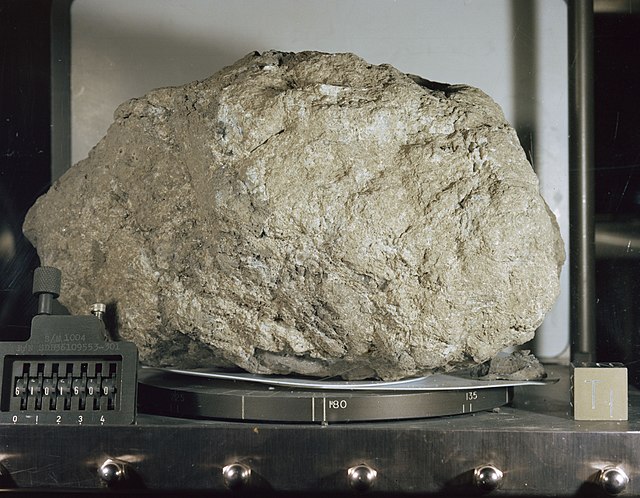The giant-impact hypothesis, sometimes called the Big Splash, or the Theia Impact, is an astrogeology hypothesis for the formation of the Moon first proposed in 1946 by Canadian geologist Reginald Daly. The hypothesis suggests that the Early Earth collided with a Mars-sized dwarf planet of the same orbit approximately 4.5 billion years ago in the early Hadean eon, and the ejecta of the impact event later accreted to form the Moon. The impactor planet is sometimes called Theia, named after the mythical Greek Titan who was the mother of Selene, the goddess of the Moon.
Artist's depiction of a collision between two planetary bodies. Such an impact between Earth and a Mars-sized object likely formed the Moon.
Ancient rift valleys – rectangular structure (visible – topography – GRAIL gravity gradients) (October 1, 2014).
Ancient rift valleys – context.
Ancient rift valleys – closeup (artist's concept).
The origin of the Moon is usually explained by a Mars-sized body striking the Earth, creating a debris ring that eventually collected into a single natural satellite, the Moon, but there are a number of variations on this giant-impact hypothesis, as well as alternative explanations, and research continues into how the Moon came to be formed. Other proposed scenarios include captured body, fission, formed together, planetesimal collisions, and collision theories.
The Moon's heavily cratered far-side
Lunar sample 61016, better known as "Big Muley"
Ancient rift valleys – rectangular structure (visible – topography – GRAIL gravity gradients) (October 1, 2014).
Ancient rift valleys – context.






